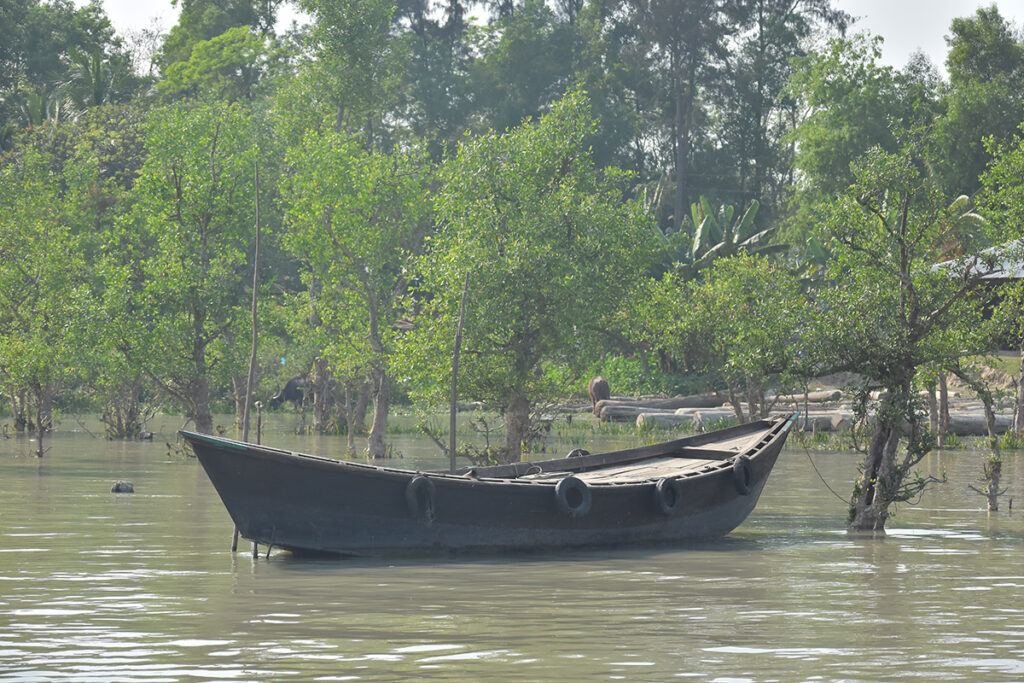The Sundarbans, the world’s largest mangrove forest and a UNESCO World Heritage Site, spans Bangladesh and India and is home to rich biodiversity, including the iconic Bengal tiger, estuarine crocodiles, and countless fish and bird species. However, this fragile ecosystem faces severe threats, from climate change and rising sea levels to pollution and industrial activities.
Climate Change and Rising Sea Levels
The Sundarbans sits at the mouth of the Ganges-Brahmaputra delta, making it highly vulnerable to climate-induced sea-level rise. As ocean levels rise, saltwater intrusion alters soil composition, affecting mangrove growth and freshwater availability, which is crucial for many species. This shift in salinity threatens native plants, fish, and animals, pushing species closer to extinction.
Deforestation and Industrial Pressure
Illegal logging and deforestation, driven by demand for wood and land conversion, are degrading the Sundarbans’ natural environment. Additionally, proposed industrial projects near the forest, such as coal power plants and factories, pose a substantial risk. Pollution from these industries could severely impact water quality and the health of aquatic life, disrupting food chains and jeopardizing species that rely on clean water.

Biodiversity Loss and Habitat Fragmentation
As the forest shrinks and habitats fragment, species like the Bengal tiger face increased risks. Tigers require large territories, and shrinking habitats force them into smaller spaces, increasing competition and human-wildlife conflict. The loss of biodiversity disrupts the delicate ecological balance, affecting species interactions, food availability, and the overall health of the ecosystem.
Decline in Fish Population and Local Livelihoods
The Sundarbans supports a rich fish population that is vital to both the ecosystem and the livelihoods of local communities. Overfishing and habitat degradation, however, have led to a decline in fish stocks, impacting local fishermen and the forest’s food web. Loss of fish species also impacts other animals that rely on fish as a primary food source, leading to cascading effects throughout the ecosystem.
Conservation Efforts and Community Involvement
While the Bangladeshi government and NGOs have taken steps to protect the Sundarbans, such as establishing protected areas and enforcing stricter regulations, these efforts face challenges. Community involvement in conservation is essential, as local populations depend on the Sundarbans for their livelihood. Sustainable practices, like controlled fishing and alternative livelihood programs, are critical to preserving the forest while supporting local communities.
The Path Forward
Saving the Sundarbans requires a multi-faceted approach involving sustainable management, stricter regulation of industrial activities, and climate adaptation strategies. International cooperation and adequate funding for conservation are equally important. Addressing these challenges is crucial not only for preserving biodiversity but also for protecting the millions who depend on this unique ecosystem for their survival.
The biodiversity loss in the Sundarbans highlights the urgent need for action. Without immediate intervention, this unique ecosystem—and the species that inhabit it—could disappear, leaving future generations to inherit a world with diminished natural heritage.